Erdogan's Errors
For decades, the US has seen Turkey as a beacon of freedom in the Middle East, an example of how democracy can thrive in a volatile region. In 2009, President Obama travelled to Ankara and addressed the Turkish parliament, applauding Turkey’s “strong, vibrant, secular democracy.” He emphasized the friendship between their two nations, declaring, “Turkey is a critical ally. Turkey is an important part of Europe. And Turkey and the United States must stand together—and work together—to overcome the challenges of our time.” Yet even in this country, so heartily praised by Obama, there are dark undercurrents that raise questions about how democratic Turkey really is, drawing alarming parallels to the Arab Spring.If we could pinpoint a beginning of these troubles, it might be 2003, when Recep Tayyip Erdogan was elected as Prime Minister. In his decade of power, Erdogan has presided over spectacular economic growth and a revival in Turkish spirit; he has been re-elected twice. But amidst this popularity, Erdogan has solidified an authoritarian grip on the press: according to the Journalists’ Union of Turkey, Turkey under Erdogan has imprisoned more journalists than Iran and China combined, many for publicly criticizing Erdogan. He has also been accused of moving Turkey away from secularism and towards an Islamic rule--for example, he banned any form of advertisement for alcohol.Yet it was not until May 2013 that protests erupted, beginning with a small sit-in to defend Gezi Park, the last natural space in Istanbul’s city center, from demolition. Erdogan ordered riot police to move in and break up the protesters by force, dispersing them with tear gas, pepper spray and water cannons. But this attempt at suppression was the spark in a tinderbox—the brutality was the tipping point for thousands dissatisfied with Turkey’s direction. Massive crowds of protesters emerged into the streets, now protesting against Erdogan himself, and demonstrations spread all throughout Turkey. The authoritarian policies Erdogan had enforced were now backfiring against him explosively. News of the protests spread rapidly through social networking, particularly Twitter. In a truly dictatorial move, Erdogan forbid broadcasting of the protests on the news networks, replacing the reports with—believe it or not—documentaries about penguins. As the protests have raged on, up through September, Erdogan’s true colors have been revealed. He challenged the protesters that “If you bring 100,000, I will bring a million.” Dozens have been reported injured and a handful killed as the protests turn increasingly violent. Already, some are calling it the Turkish Spring. But what, if anything, can the US do about this?In the highly charged Middle East, we are forced to pick allies that we may have serious reservations about, in the hopes that we can use those allies to build a better peace for all. Such is the situation with Turkey: although we do not agree with Erdogan’s treatment of the protesters, we are relying on Turkey’s support in the region, hoping for stability in the violence and aftermath of the Arab Spring. Those revolutions, however, came about largely because we turned a blind eye to injustices in the name of stability and alliances; we let dictatorships fester for far longer than they should have. But now, with Turkey, we have the opportunity to learn from our mistakes. Partnerships are formed on the basis of helping friends, and we must help Turkey now, convince Erdogan to halt the madness, before these protests slide into a bloody mass uprising. We must leverage our influence in Turkey: for the survival of an ally, for the people of Turkey, and so that this beacon of democracy may continue burning bright.
